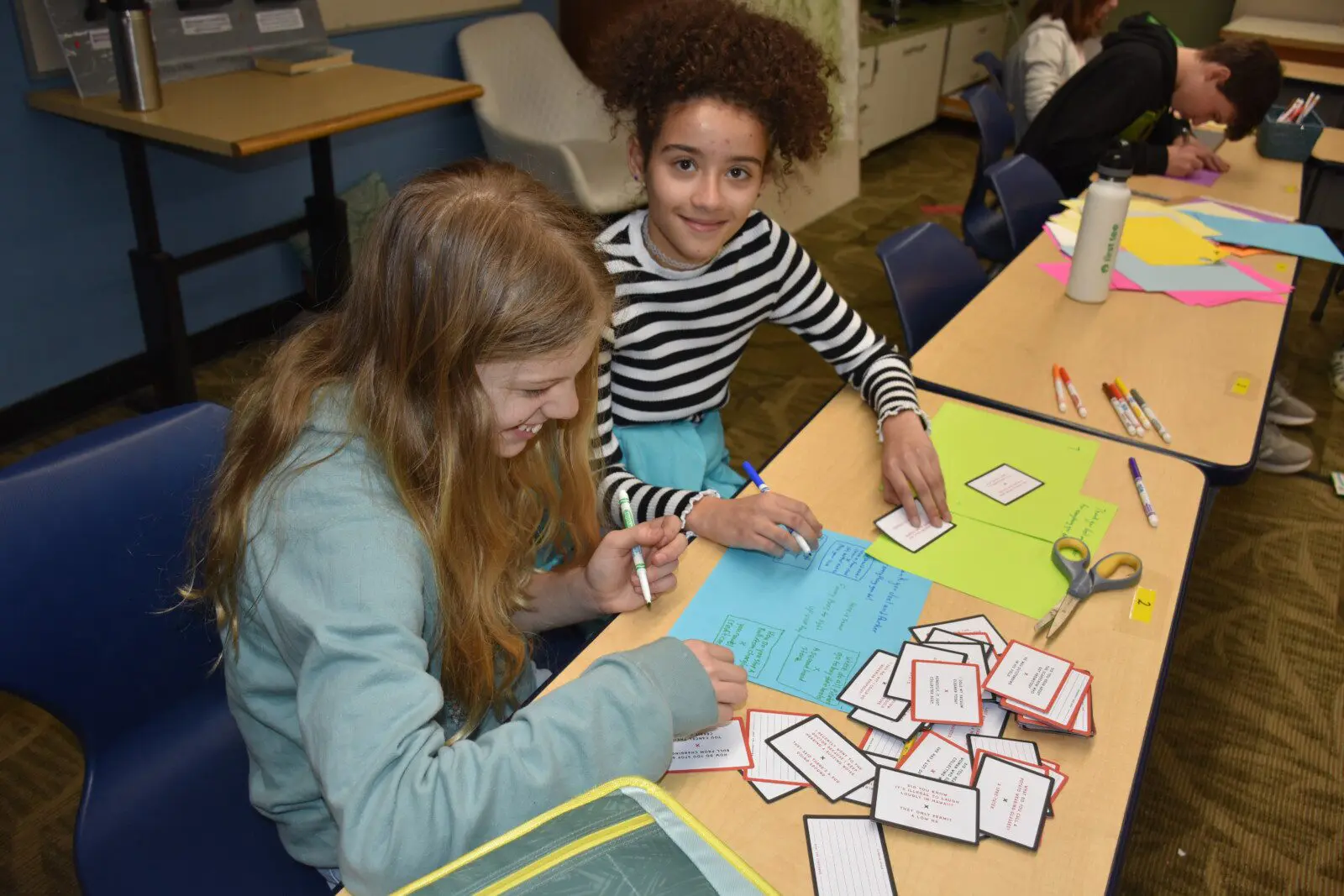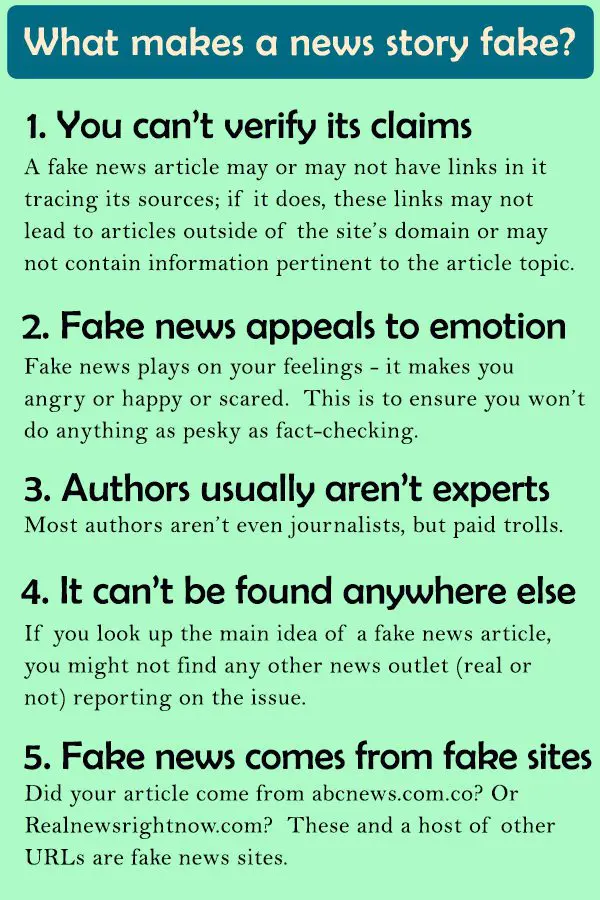Program Updates: Social Studies – December 2024

SOCIAL STUDIES
Grade 6 (Daniela)
Since our last sixth grade social studies update, students learned about the history of the first Thanksgiving between the Wampanoag people and the Pilgrims in 1621. They also explored the topic of gratitude. A main concept in this mini-unit was the importance of gratitude for both the person expressing gratitude and the person receiving it. Also in that week, students continued their ongoing Five Things Gratitude Practice that was started at the beginning of the school year. Homework was a gratitude reflection, in which students wrote about a special person or experience.
After Thanksgiving break, we began a three-week unit on Media Literacy that will conclude this week. In class, students looked at three websites that were specifically designed as humorous fake information (for one, check out the dangers of dihydrogen monoxide here), along with discussing the YouTube algorithm that suggests what to watch next, and examining print advertisements in magazines. Major concepts taught in this unit include:
- The importance of corroborating claims made by media and content creators.
- The difference between mis- and disinformation.
- The methods by which fake news and clickbait appeal to emotions, especially fear.
- The necessity of researching authors in order to understand their backgrounds and biases.
For this unit's culminating assignment, students will choose a format - anything from a comic strip to a slideshow to a formal paragraph - in which to present what they have learned. They are working on this in class and for homework this week. Please continue sending in any magazines you might have - your contributions are appreciated!

Grade 7 (Tim)
Seventh graders are currently preparing for their third unit test this semester, which focuses on the legislative branch. Students have learned about Washington state's ten congressional districts, sending ten representatives to the US House of Representatives, and forty-nine legislative districts, sending forty-nine senators and ninety-eight representatives to the Washington State Legislature.
Last Friday students learned about gerrymandering, which is when state legislatures redraw congressional or legislative district boundaries for partisan gain.
Students had the opportunity to practice gerrymandering on paper by cracking and packing. Students were given a sheet of paper with 15 As and 15 Bs randomly drawn (feel free to try this at home). They were instructed to draw lines around the letters creating six districts of five letters each. In a fair world without gerrymandering, this should create three districts where the As outnumber the Bs and three districts where the Bs outnumber the As.
However, students soon realized that if they packed one district with all As (or Bs), they could creatively crack the remaining districts, giving the Bs (or As) a three to two advantage in five districts. In a nutshell, this is what gerrymandering is, and it is not illegal to gerrymander based on partisanship. Although, it would be hard to argue that gerrymandering is not a threat to our representative democracy.
Students learned about Washington state's decision not to allow the state Legislature to draw congressional or district boundaries, and how Washington and a handful of other states have chosen to use an independent commission to draw boundaries. (In Washington, this commission is made up of two people chosen by the Republican Party and two people chosen by the Democratic Party, with those four individuals choosing a fifth person by consensus.) Students discussed how different the US House of Representatives would look if more states moved away from gerrymandering.
Grade 8 (Tim)
Eighth grade students are continuing with their second unit of Washington state history, while furthering their writing skills by answering essential questions in paragraphs or mini-essays for Challenge credit.
Recently, students analyzed how the Washington State Constitution addresses individual rights differently than the US Constitution. They learned that the Washington State Constitution elaborates on certain rights, such as the freedom of speech, the freedom of religion, and the right to bear arms. They also learned that Washington chose to add an amendment for sex (gender) equality. If you’re at school, check out some of the mini-essays on the Challenge wall, which detail just how these rights are addressed differently.
Many students chose to dive deeper into Washington’s sex (gender) equality amendment. This amendment to the Washington State Constitution is worded exactly like the Equal Rights Amendment (ERA), which passed Congress with the required two-thirds majority in 1972. Seventh- and eighth-grade students know this was only half the battle. In order to add the amendment to the US Constitution, three-fourths of state legislatures must vote to ratify the amendment. When Congress first passed the Equal Rights Amendment, they chose to put a deadline for ratification, which is not common. This deadline was 1979, and by the deadline, only thirty-four state legislatures had ratified the ERA. Since this deadline, other states have ratified the ERA, with the required thirty-eighth state ratifying it in 2020. Several states have since attempted to rescind their ratification as well.
Students have learned about legal debates surrounding the constitutionality of putting a deadline on the ratification of a constitutional amendment and of rescinding ratification. Currently, groups, such as the League of Women Voters, are urging President Biden to declare that the ERA has met all the criteria of being added to the Constitution, which would bring the total number of constitutional amendments to twenty-eight.
